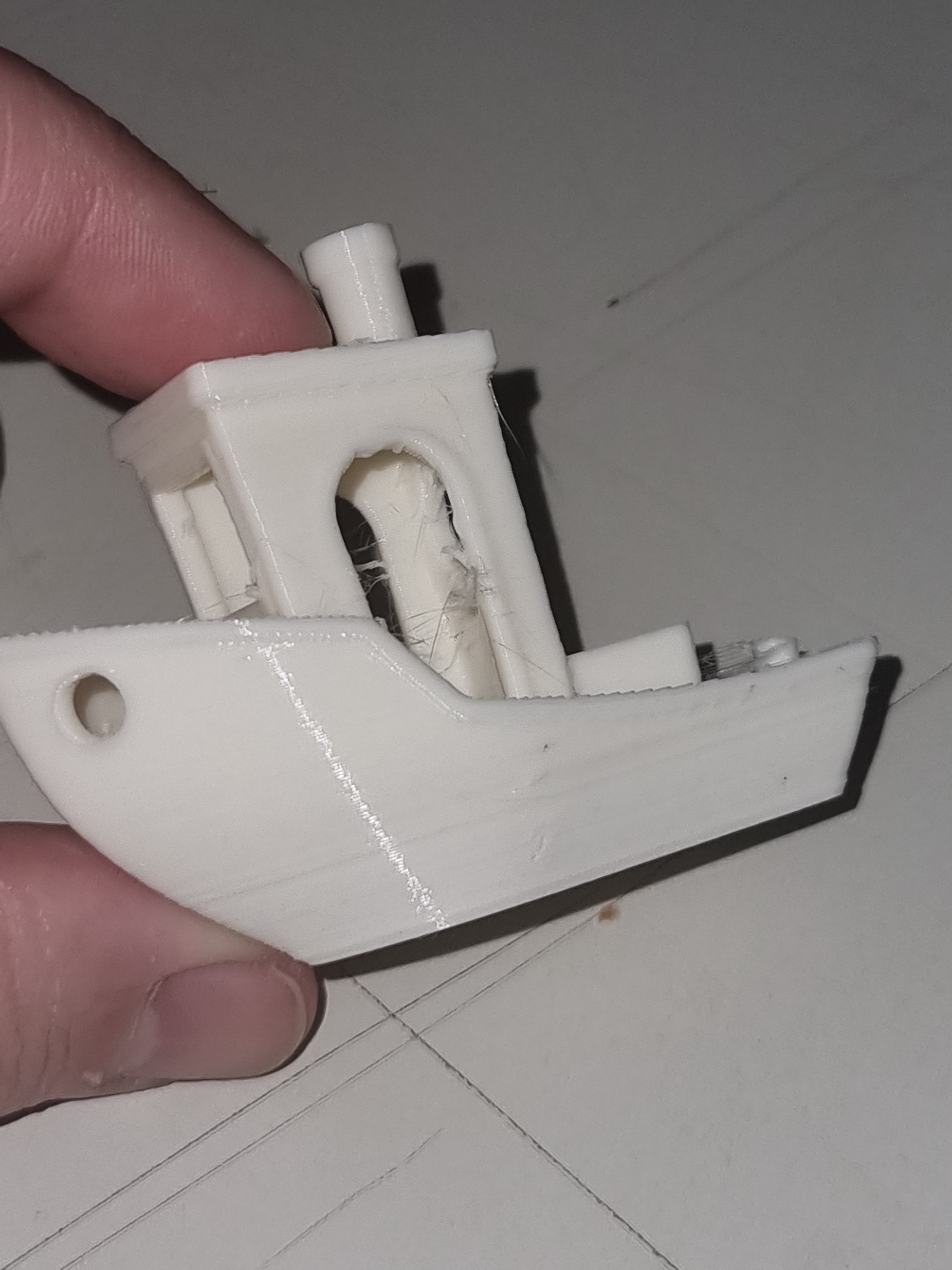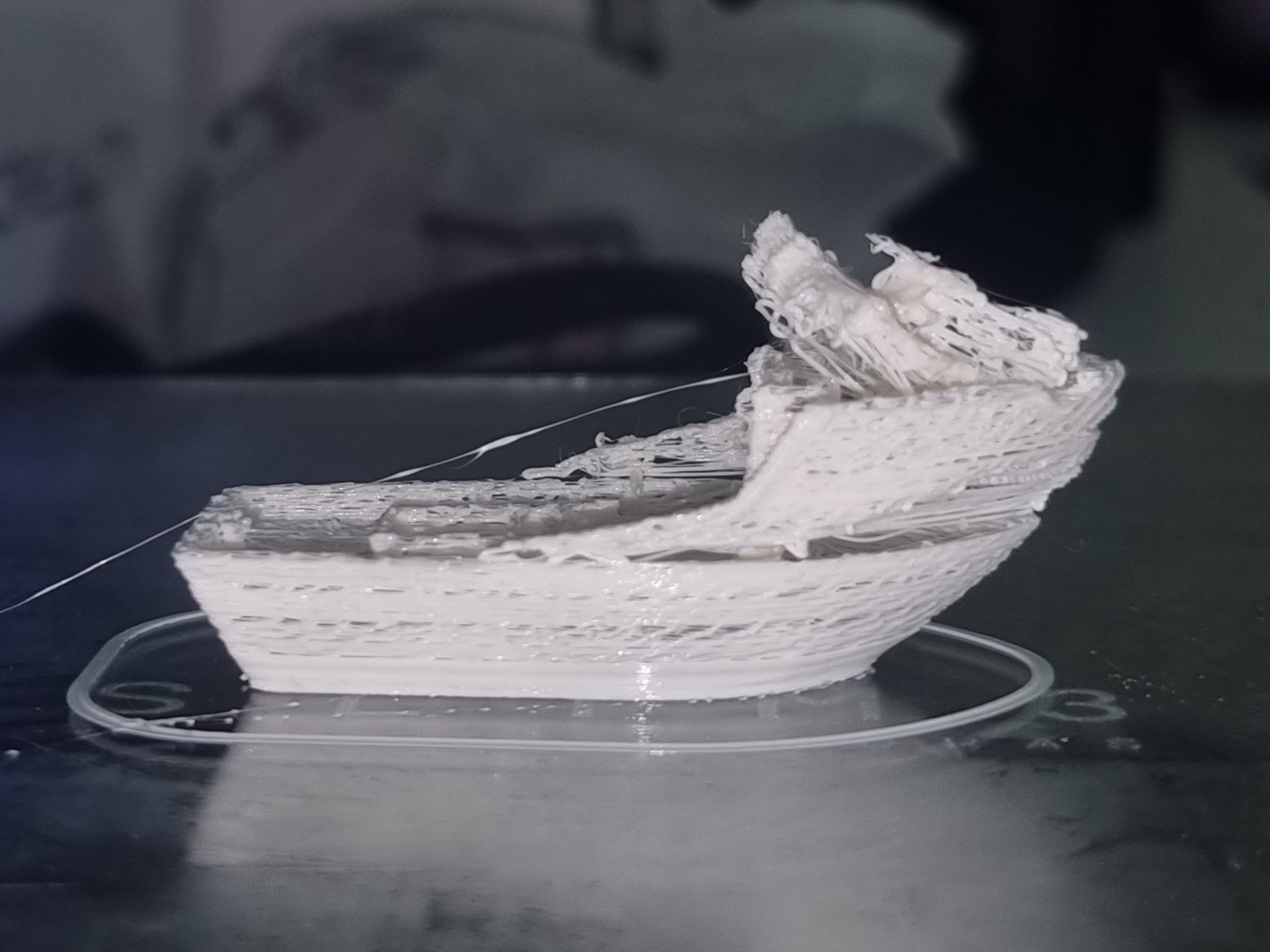3DPrinting
3DPrinting is a place where makers of all skill levels and walks of life can learn about and discuss 3D printing and development of 3D printed parts and devices.
The r/functionalprint community is now located at: or [email protected]
There are CAD communities available at: [email protected] or [email protected]
Rules
-
No bigotry - including racism, sexism, ableism, homophobia, transphobia, or xenophobia. Code of Conduct.
-
Be respectful, especially when disagreeing. Everyone should feel welcome here.
-
No porn (NSFW prints are acceptable but must be marked NSFW)
-
No Ads / Spamming / Guerrilla Marketing
-
Do not create links to reddit
-
If you see an issue please flag it
-
No guns
-
No injury gore posts
If you need an easy way to host pictures, https://catbox.moe may be an option. Be ethical about what you post and donate if you are able or use this a lot. It is just an individual hosting content, not a company. The image embedding syntax for Lemmy is 
Moderation policy: Light, mostly invisible
view the rest of the comments


Hey I just saw your update! I'm glad you're getting better results, but like you mentioned, something is definitely still wrong. I'm still pretty convinced your nozzle is clogged, even though it's new, and I'll do my best to explain why!
To start, if your printer wasn't working normally before you printed in wood, I'm totally wrong about everything below and you can stop reading here!
If your printer was working normally before you tried printing in wood though, that means the e-steps were already calibrated correctly, and they wouldn't need to be re-calibrated after replacing the hot end. If you had replaced the extruder and it started acting this way, that would be a good reason to re-calibrate the e-steps, but replacing the hot-end shouldn't have had an impact. After swapping an extruder, you calibrate e-steps to basically teach the printer how to extrude the correct amount of filament in the real world again since the new extruder might have different specs from the original and the printer has no way to know something has changed. A hot-end swap doesn't necessitate recalibrating e-steps though because the extruder is the same and it's still going to be pushing the same amount of filament through the printer.
If your nozzle is clogged and you recalibrate the e-steps, the measurements you take will be off since the printer can't push filament through at the rate it should be able to. Your new benchy looks better than before, but that could be because the higher e-steps you calculated mean the printer is now forcing more filament past the blockage by working the extruder more. It's been calibrated to compensate for the fact it can't push filament through fast enough, but it's working harder to do this and it will severely limit its speed before it starts underextruding again. I'm guessing this is the reason for the 3 hour long benchy at 20mm/s? You shouldn't need to be at 220 C to get PLA to print at 20mm/s from a 0.4mm nozzle either.
Not all nozzles or hotends are well-made or handled with care at the factory. It's totally possible you got one that shipped with some sort of tiny unnoticeable debris inside that worked its way down into the nozzle as the filament pushed it along. I have a cheap bag of 0.4mm nozzles that have metal shavings stuck in some of them and your first benchy is exactly what my prints look like when I use one of them. If possible, I still recommend changing the nozzle before doing anything more expensive like replacing the extruder. You'll probably need to set the e-steps back to what they were before changing them though, otherwise you'll be extruding too much filament if the new nozzle isn't clogged and the old one is.
Hey thanks for the tip. Indeed this printer never worked correctly, it always printed PLA with over 220c temp, but since printing wood forced me to change some things that melted I just decided to look more into it. The e-steps were probably wrong since the begining and I never new to calibrate it but now I have to understand why it only prints nice when at 20mm/s. But I'll look at clogs too, something could have been loose there from wood.
Oh one more thing, Temp towers never work in my printer It's like all the stages are the same temp, even checked the code., it never had a good temperature control, but I just changed the heating block so it must be something in the configuration that I don't know.
I printed the speed tower below (from 20mm/s to 100mm/s) and you can see it's only printing nice at 20mm/s